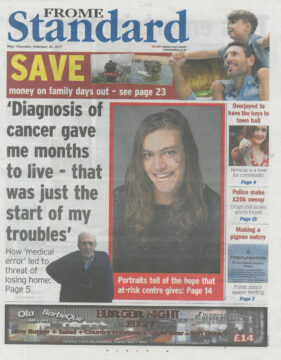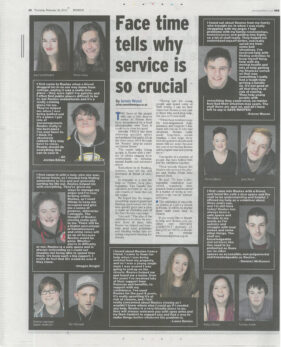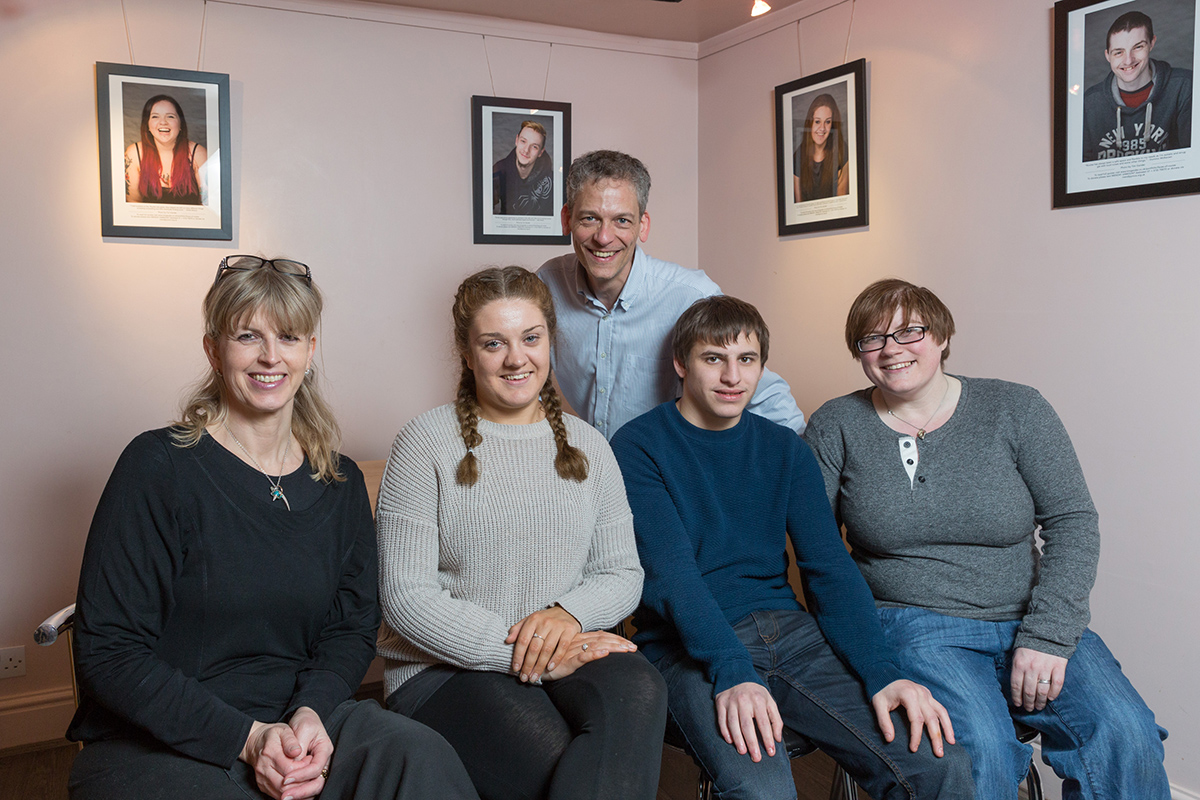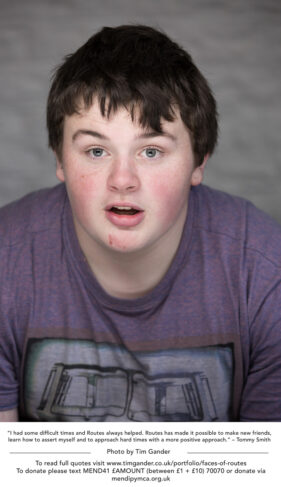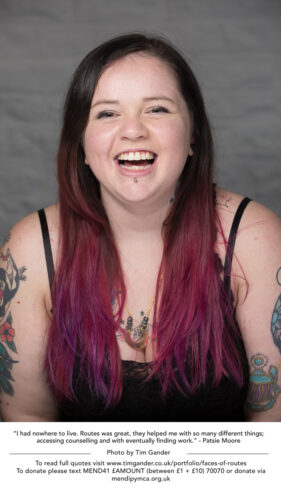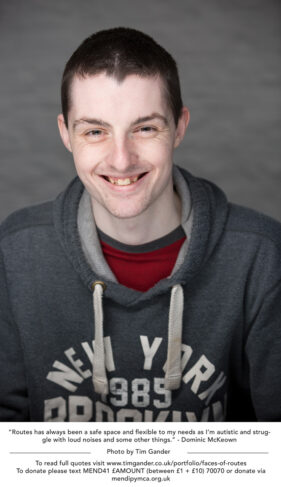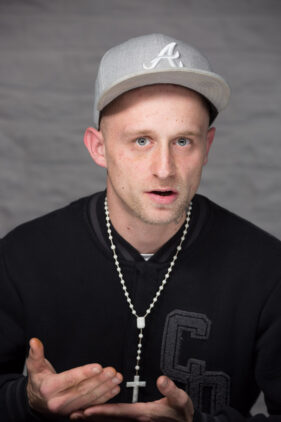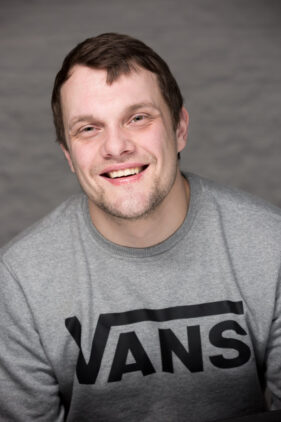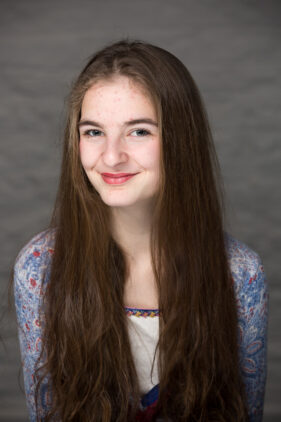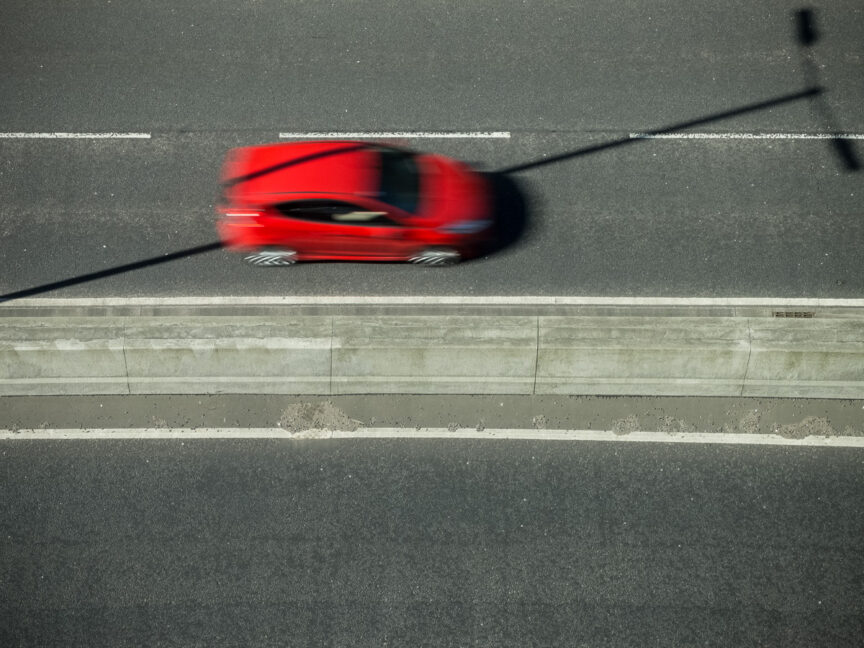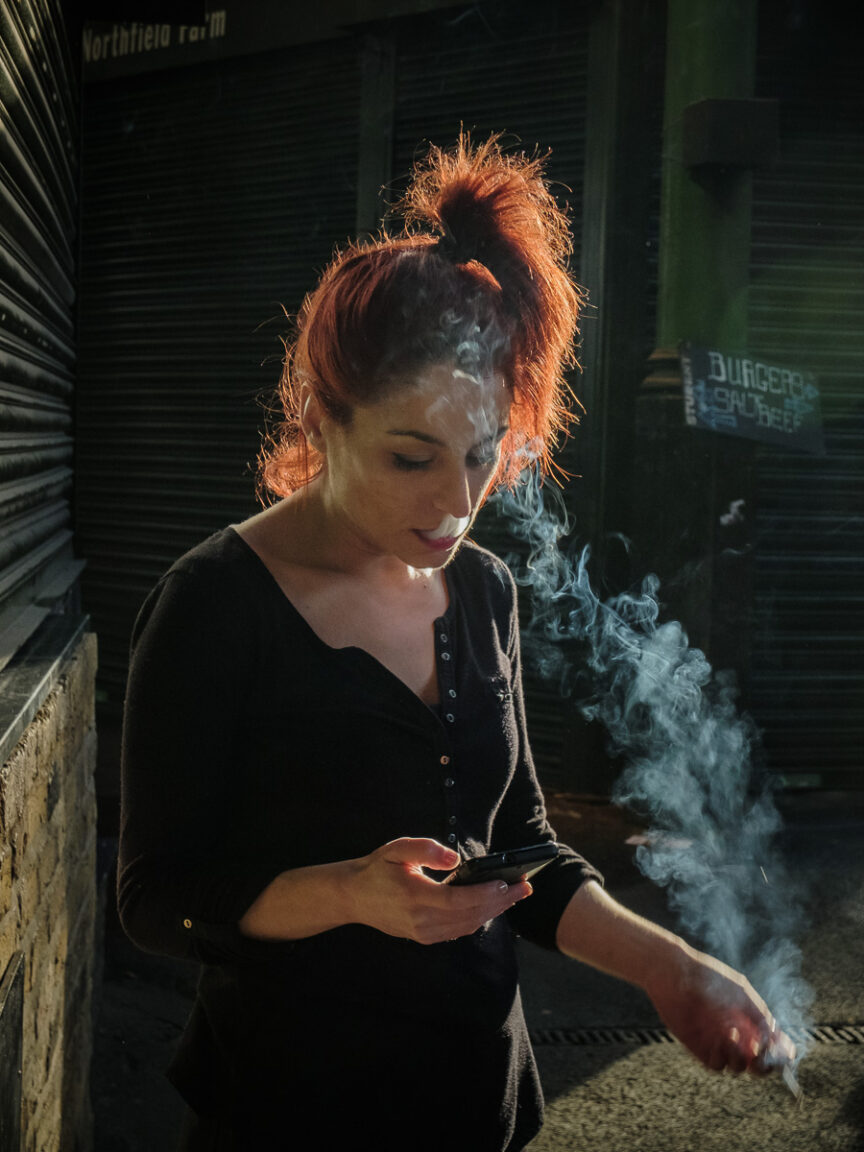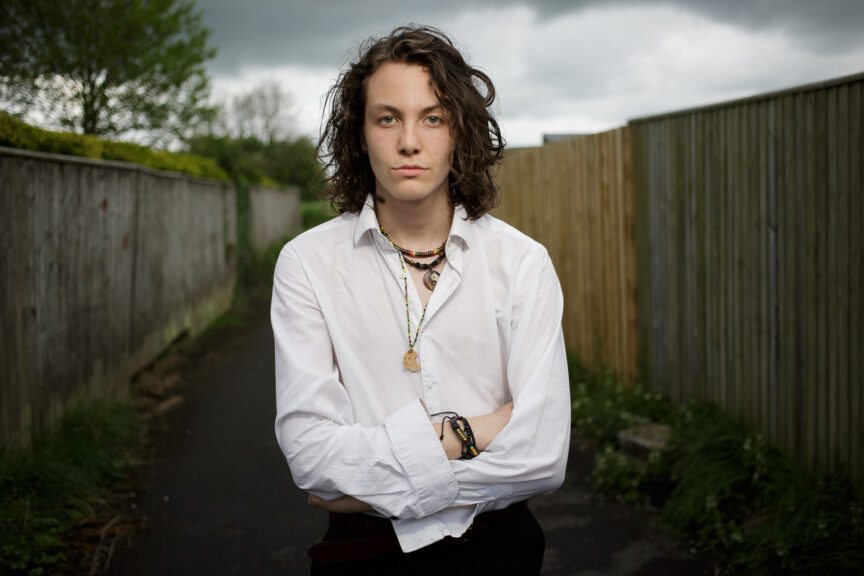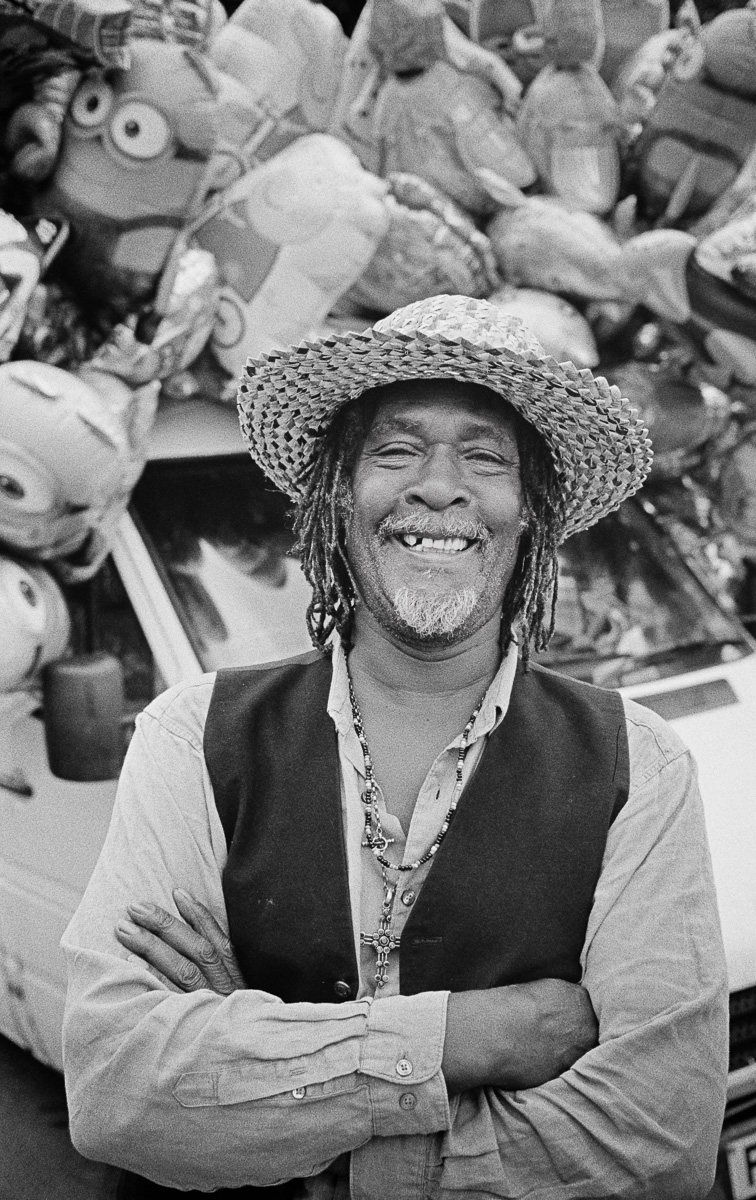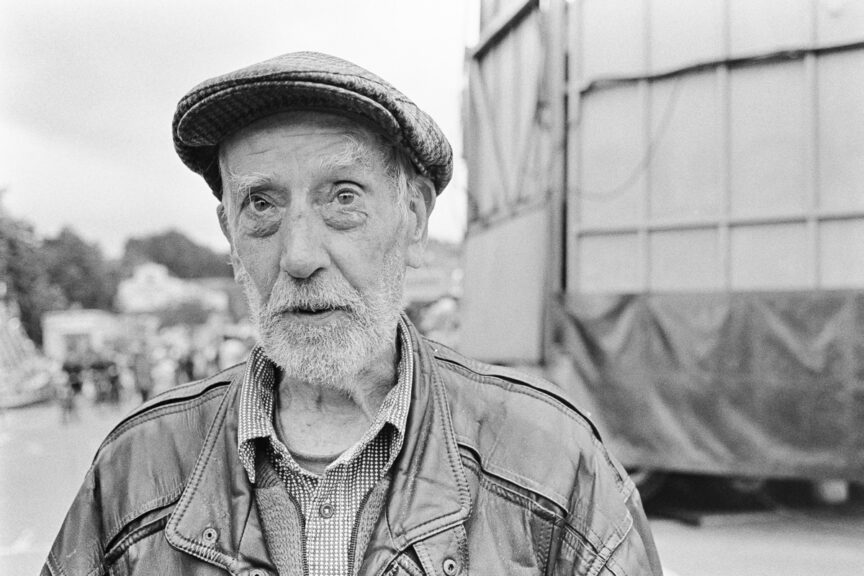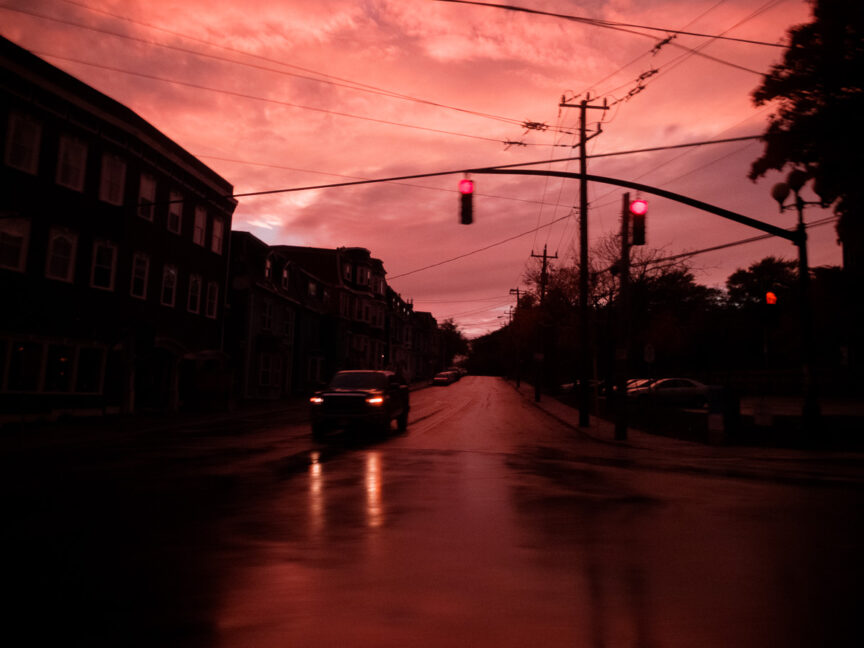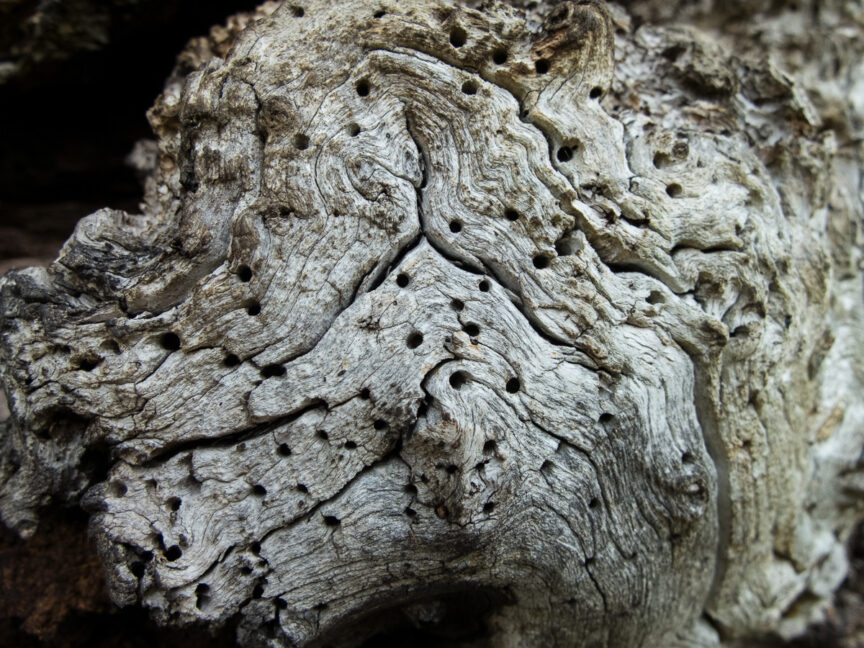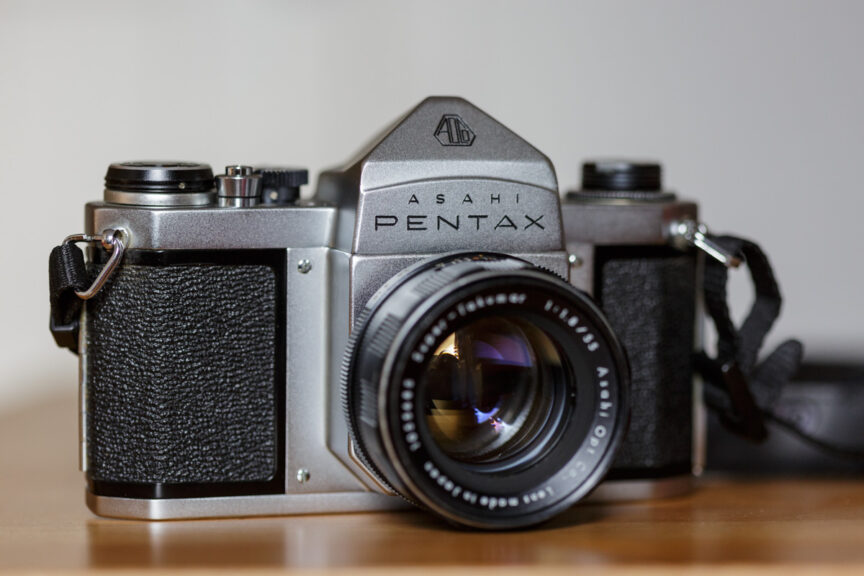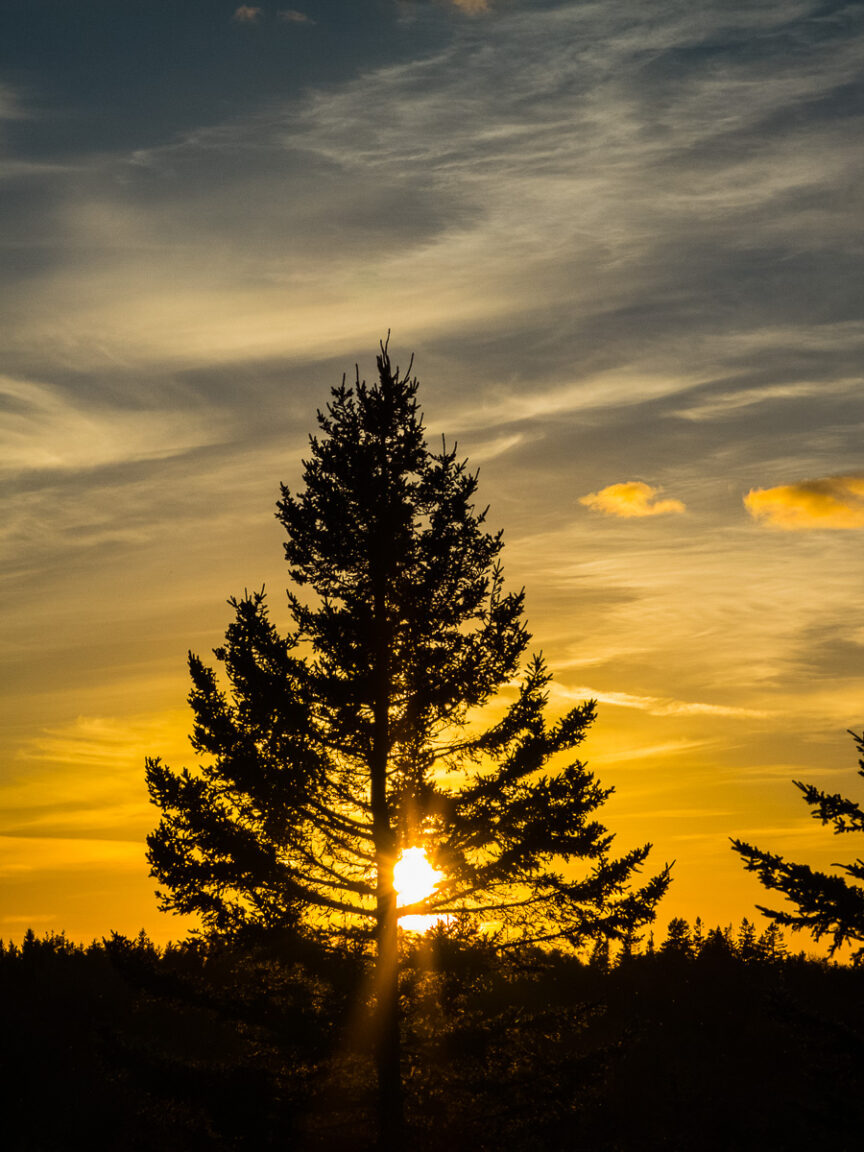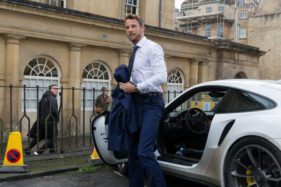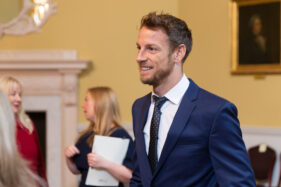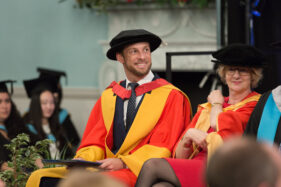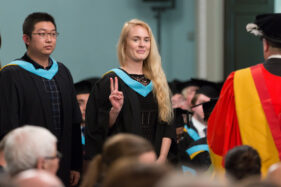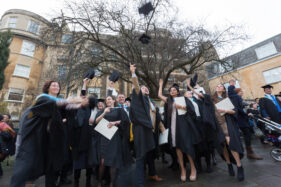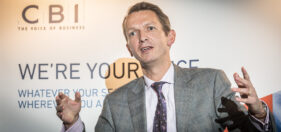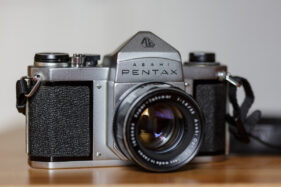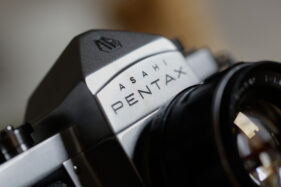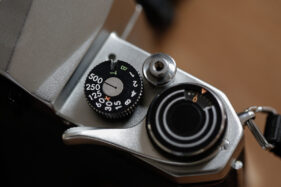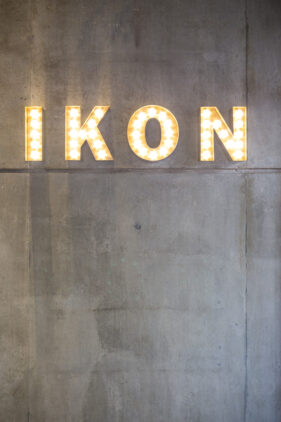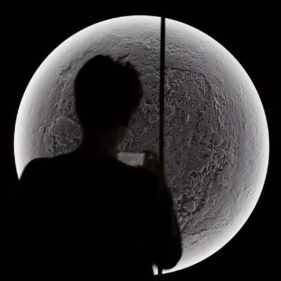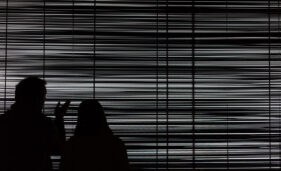Yes, Routes has been dominating my blog lately, but this has to be one of the most important projects I’ve worked on in a very long time, so I hope you’ll indulge me a little longer.
This is just a round-up of where we are with the exhibition, donations and stuff.
I’m pleased to say I’ve had some really positive feedback about the exhibition from people I’ve met in the street, through Facebook and twitter, but what’s even better is that Sarah, the Routes centre manager, tells me people have been donating on the strength of seeing the pictures in Cafe La Strada.
We were a little worried that the cost of getting the pictures printed and framed wouldn’t be met, but with a local grant and donations from individuals we’ve covered that now. Phew!
Now it would be valid to ask why Routes spent money on an exhibition when the centre so desperately needs cash to keep going, but the fact is the portraits and case studies and the exhibition itself have generated a great deal more local awareness than could otherwise have been achieved, especially in the few weeks they have before the funding expires.
Take a look at the local press coverage just this week. Imagine what it would cost to buy a full-page advert in a local paper, yet this week we made the front page and a full-page spread inside. This is in addition to the coverage we had in the last couple of weeks on the launch of the exhibition in both local papers as well as an online article in one of the most popular photography sites on the internet.
With that in mind, I have to give full credit to Sarah for having the foresight to suggest the exhibition.
The latest news I have is that grant funding for at least a proportion of the running costs is on the cards. Fingers very much crossed that this comes through and for the balance to be covered by other funding bodies, but in the meantime if you would like to donate, you can do so by Texting MEND41 an amount from £1 to £10 to 70070, or by a cheque made payable to YMCA Mendip to ‘Routes’ Drop-In Centre, 1A Palmer Street, Frome, BA11 1DS. Donate online by clicking on the BT Mydonate button at http://tinyurl.com/j9jukt9 and select Routes as your chosen project.

